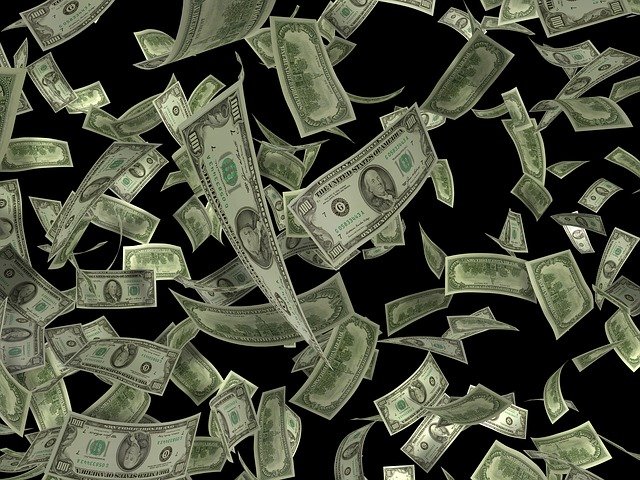Markowski: S&P At 3rd Perilous High Since 1871

On January 8, 2021, the S&P 500 (SPX) reached its third perilous high since 1871 according to the Extreme Analytics (EA) algorithm.
Recently concluded research of 150 years of empirical data revealed that 1929 and 2000 were the first-ever perilous highs for the S&P 500 since its inception. The research findings also led to the development of the Extreme Analytics (EA) algorithm which identifies perilous highs for stock markets and indices. The Bull Vix, another algorithm that identifies Bullish Sentiment Anomalies (BSA), which has been integrated into the EA, is projecting a double-digit correction to begin by February 5, 2021. The Bull Vix is projecting that Subsequent to the double-digit correction, the S&P 500 will fail to recover back to new highs and will instead decline 50% to 80% by 2023.
The ability to differentiate a perilous high from the hundreds of record and bubble highs over the last 150 years, is a significant breakthrough. The first two perilous highs resulted in declines of 50% to 85% within two years after the perilous high was reached. To identify a perilous high the EA algorithm monitors the S&P 500’s price to key financial valuation ratios below after the Bull Vix has identified a Bullish Sentiment anomaly (BSA). The two primary price ratios the EA monitors to identify a perilous high for a market or index:
Price To Earnings
The chart below for years 1871 through 2021 depicts the two highest Shiller S&P 500 P/E ratios which occurred in 2000 and 2021. The PE of 34.8 for the S&P on 1/8/21 was the highest since June of 2001.
A P/E ratio has the potential to temporarily increase when a sharp downturn for earnings occurs. Since this obviously occurred for 2020, research was conducted on the S&P 500’s P/S and P/B ratios from 2000 through 2020. Throughout my 44-year career in the capital markets, I have found the P/S ratio to be the most reliable comparative valuation metric. The sales or revenue for an index or company is much less volatile than earnings during economic downturns. For the 12 months ended June 30, 2020, the revenue for the S&P 500 increased by 3.3% vs. a 6.8% decline for its earnings.
Price To Sales
Note. The research for P/S could not cover more than 20 years due to empirical data not being readily available.
The historical quarterly P/S chart below depicts the two highest S&P 500 P/S ratios since the fourth quarter of 1999. The two which coincided with BSA occurrences include the first quarter of 2000 and the P/S record high in the fourth quarter of 2020.
The red shaded area on the upper right-hand corner of the chart depicts the P/S at a substantial discount to the S&P 500’s long-term trend line. Based on the S&P 500’s extreme overvaluation the 2021 perilous high has the potential to wreak more havoc than 2000. From 1999 to 2017, the S&P 500’s trend line was at or below its P/S ratio. Due to the P/S ratios from 2017 to 2020 being well above the trend line the S&P 500’s revenue must grow at a much faster pace than its long-term historical growth rate.
If the S&P 500’s revenue growth rate does not accelerate sufficiently the index will revert back to or below the P/S ratio.
Author: Michael Markowski has worked in Capital Markets since 1977. He spent the first 15 years of his career in the Financial Services Industry as a Stockbroker, Portfolio Manager, Venture ...
more




